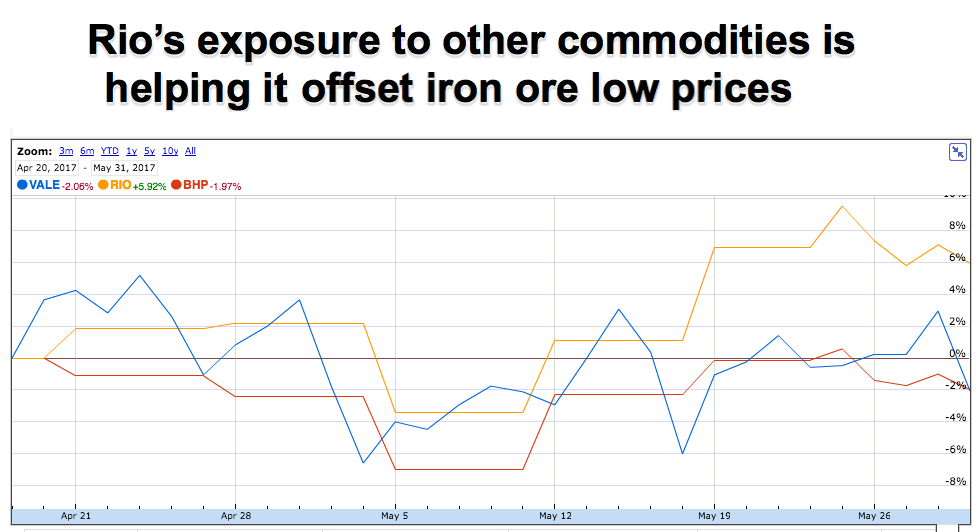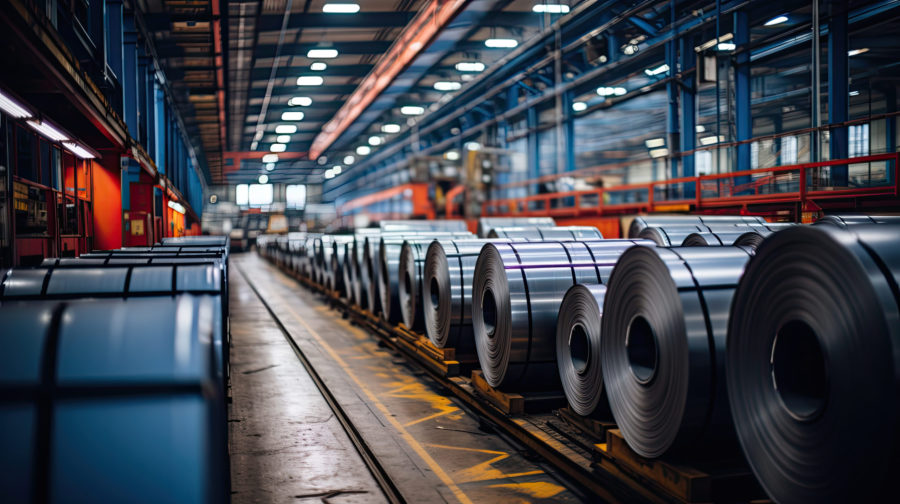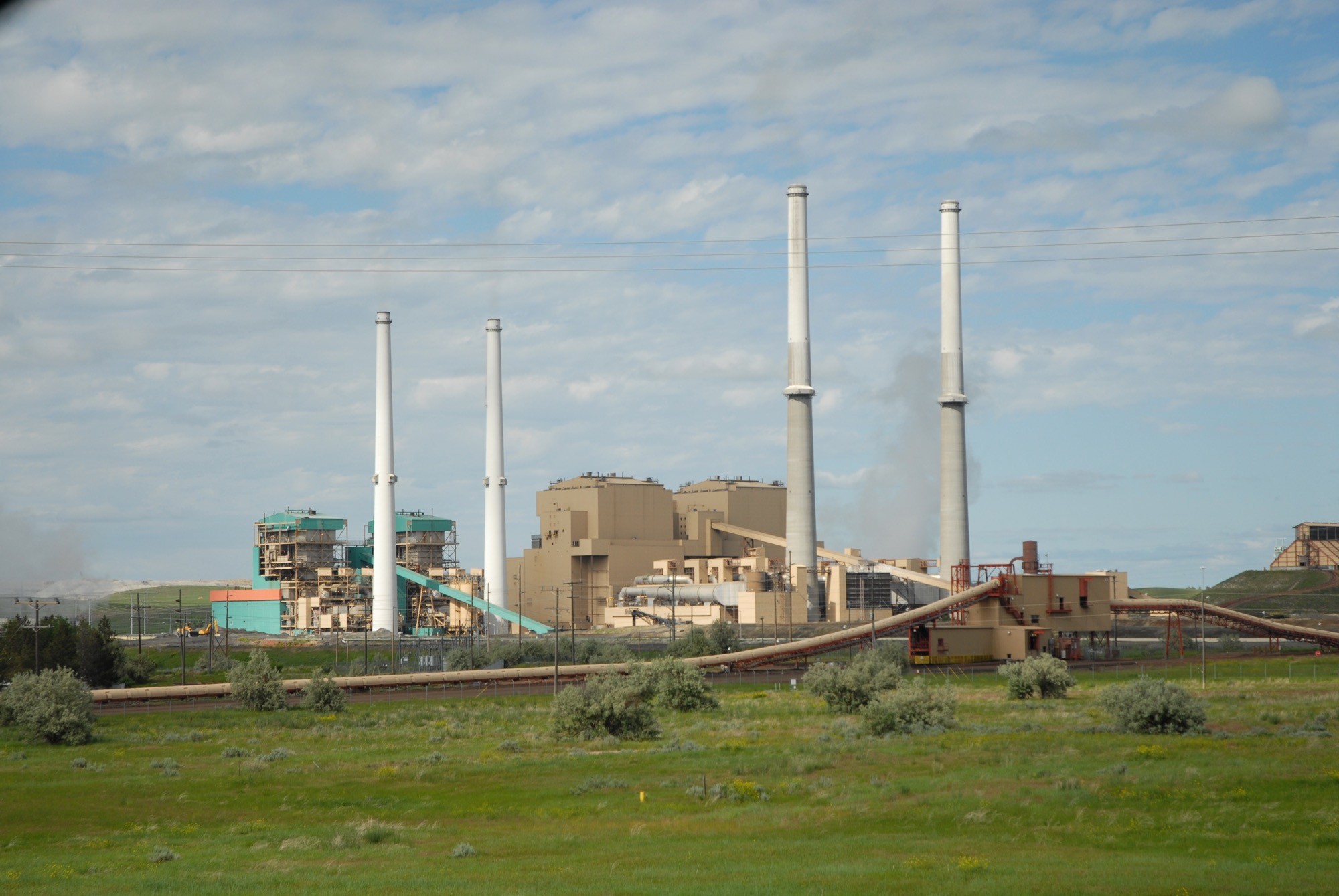Iron ore plunge hurting miners — down to fresh 7-month low

Shares in iron ore miners came under pressure on Wednesday after prices for the commodity dropped to their lowest levels in seven months, as large stockpiles of the steelmaking material continue to weigh on the market.
Prices dropped by 6% on the Dalian Commodity Exchange on Wednesday to RMB424.5 a tonne, while ore with 62% content in Qingdao lost $1.48 a tonne to close at $57.02, data from the Metal Bulletin shows.
World’s No. 1 producer, Brazil’s Vale (NYSE:VALE) was trading 5.36% lower in New York to $8.30 at 10:52 AM. While the other top two iron ore miners, Rio Tinto (ASX:RIO) and BHP (ASX:BHP) were also having a bad day.
Rio Tinto’s stock closed down 0.73% A$62.81 in Sydney, and it was also falling in London — more than 2% to 3,115 pence at 4:00PM local time.
The last time iron ore prices fell below the $60/tonne threshold was in October 2016.
Shares in BHP, the world’s No. 3 iron ore producer, collapsed in Sydney, recovering slightly during the day to close only 0.42% lower at A$23.9. They were trading 1.95% lower in New York to $35.27 at 10:57 AM ET.
Several reasons have been cited to explain the sharp price collapse, down from a peak of $95 a tonne in February. Those include worries about the health of China’s economy, as the nation consumes nearly three-quarters of the world’s seaborne ore.
But there are many more. Just last week iron ore stockpiles hit a new record high in China, taking the already bloated figure up to 22.05 million tonnes so far this year, based on data from Shanghai Steelhome E-Commerce Co. This means port holdings have already surpassed the 20.85 million added in 2016 and are sitting at the highest level on record.
Another headwind for iron ore demand is increasing use of scrap in China. In the past, low pig iron prices and little recycling meant scrap did not play much of a part in the domestic industry. This is especially true when compared to places like Europe, where steelmakers charge up to around 18% scrap in basic oxygen furnaces (around 20% scrap is a technical limitation).

Source: Google Finance.
Worries about a recent pickup in market interest rates in China and the prospect of a slowdown in the country’s property market, have also been cited as factors dragging iron ore prices down.
Then, there is the ever present issue of a global glut, which has worsened in recent months due to fresh supply coming from recently opened mines, such as Roy Hill in Australia, Anglo American’s Minas Rio and Vale’s S11D in Brazil.
The worsening market situation has prompted analysts, such as BMI Research to revise their prices outlook down. Earlier this month, the research arm of Fitch Group said it expected seaborne to drop to $65 a tonne this year (down from a previous forecast price of $70), and $50 in 2018, to end up touching a low of $44 by 2021.
More News
US excludes steel, aluminum, gold from reciprocal tariffs
The White House said steel and aluminum imports won’t be subject to reciprocal tariffs in a move that will provide at least some relief to domestic buyers already incurring 25% duties.
April 02, 2025 | 05:04 pm
Dirtiest US coal-fired power plant applies for EPA exemption
The Colstrip plant, located in eastern Montana, has the highest emission rate of fine particulate matter out of any coal-burning plant in the nation.
April 02, 2025 | 02:55 pm
{{ commodity.name }}
{{ post.title }}
{{ post.excerpt }}
{{ post.date }}



Comments